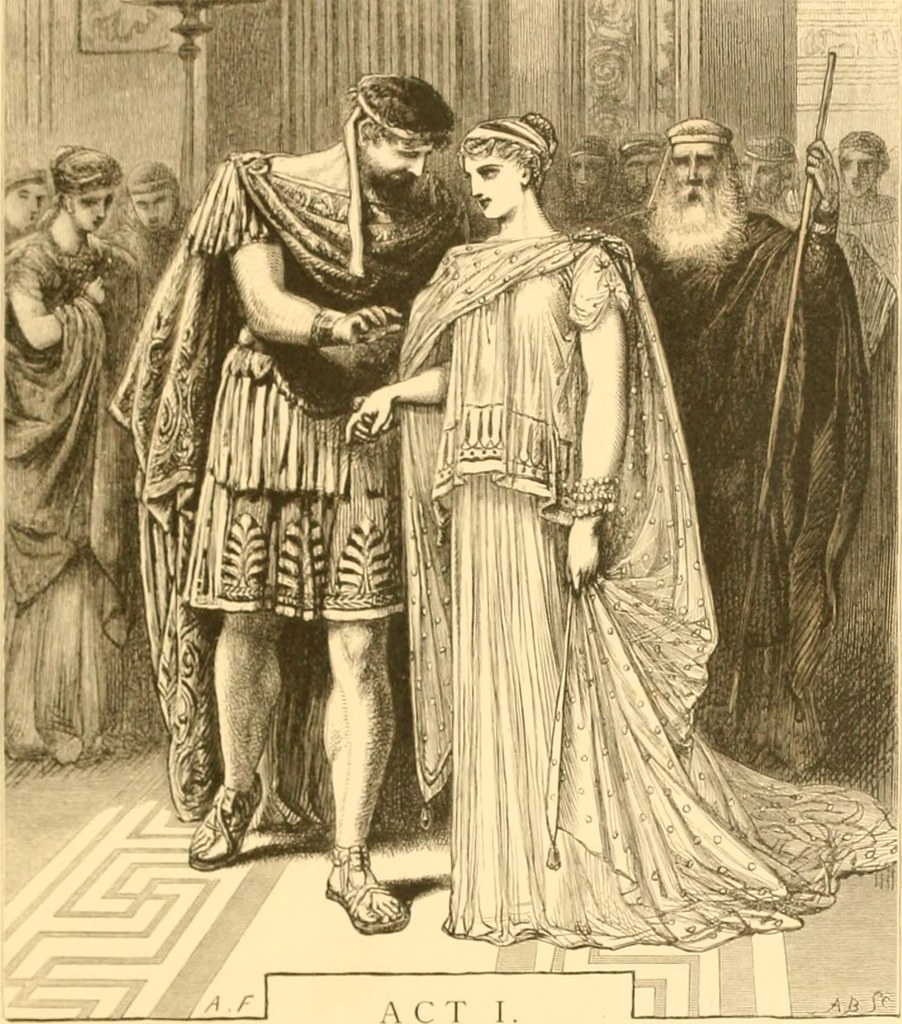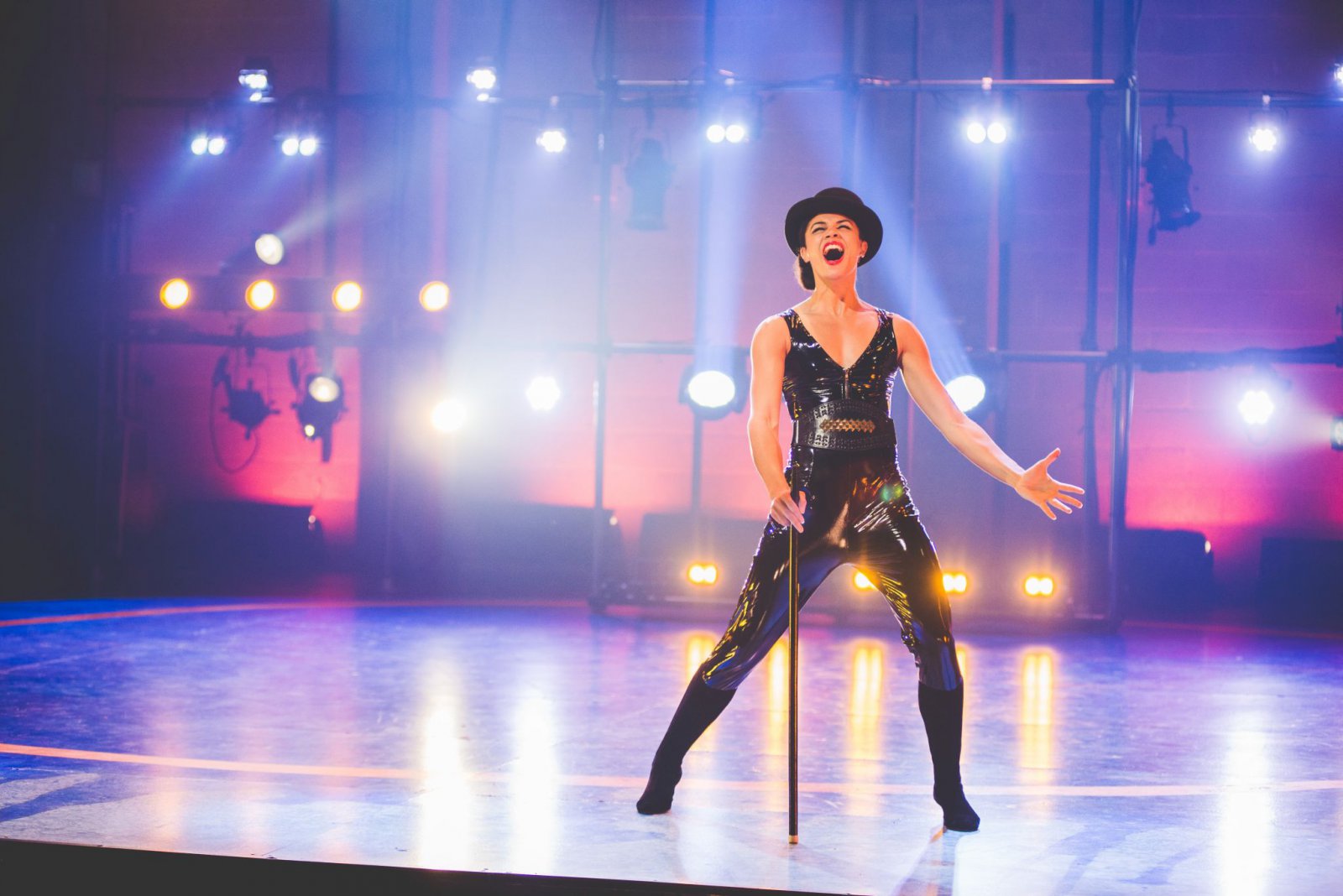by Mark Weinberg
FIRES IN THE
MIRROR, part of Anna Deavere Smith’s “On the Road: A Search for American
Character” series, is a profoundly moving and very human exploration of the
terrible events that took place in the Crown Heights neighborhood of New York
in 1991. In her introduction to the play, Ms. Smith wrote, “My sense is that
American character lives not in one place or the other, but in the gaps between
the places, and in our struggle to be together in our differences.” By
juxtaposing the actual words of 26 different characters, the play reminds
audience members that while none of us can separate our perception of events
from the context of our own lives, we must at least make an attempt to
understand each other.
The title of the play might suggest that each of us
mirrors the world as we see it, often distorting reality in the process, but
the performance of it in a theatre, during which each actor plays multiple
characters who often see things very differently, offers a site of and an
opportunity for reflection where, as one reviewer put it, “the passions and
fires of a specific moment can be examined from a new angle, contemplated, and
better understood.” The angles at the intersections of experiences, of lives,
and of ideas informs every element of MCT’s production of FIRES, from the set to the assignment
of roles.
In this way, looking at an event from multiple points of
view, FIRES combines the
journalistic technique of interviewing subjects with the art of interpreting
their words through performance. This style of Documentary Theatre, or Verbatim
Theatre, has a long and rich history, extending at least to Erwin Piscator and
Bertolt Brecht’s development of Epic Theatre in Germany in the 1920s. Both
playwrights used non-realistic theatre techniques to present critiques of
dominant ideologies. As in Epic Theatre, the characters in FIRES are not presented as part of a
realistic story, speaking as if the events shown to the audience are happening
for the first time. Rather, the characters are story tellers, and it is the
audience’s task to put the pieces together to make meaning.
Documentary theatre began in the U.S. during the Great
Depression. The Federal Theatre Project, originally funded by the U.S. government
to employ out-of-work actors and other theatre-makers, developed Newspaper
Theatre. During its performances there was no attempt to hide the fact that the
actors were representing (not impersonating or living as) the characters. Their
performance techniques were meant to comment directly on reality, not to create
a fictional place. Information became key, and the audience became the
protagonist through what has been called “a rhetoric of fact,” although one
could argue that the presentations were designed to present the facts in a
certain light. It is not surprising that the government found such
presentations subversive and stopped funding the theatre. In Brazil, Augusto
Boal’s Newspaper Theatre productions even led to his imprisonment and torture.
 |
| https://en.wikipedia.org/wiki/File:Ritz-Theatre-Power-1937.jpg |
When we look at Newspaper
Theatre, and at FIRES IN THE MIRROR,
it
is easy to see the importance of social
and political crises to the playwright’s decisions about content and the
performance aesthetic. It is not surprising then that Documentary Theatre became significant again in the late
1960s, when the Civil Rights, Feminist, and anti-war movements, spurred on by
overt racism, sexism, and the Vietnam War, compelled a new generation of
theatre makers to find techniques to comment on social crises and injustice. Often
organizing as collectives, groups like the Living Theatre (PARADISE NOW),
Bread and Puppet Theatre (using 12 foot tall puppets to represent
corporate America), El Teatro Campesino (performing agitprop plays for
farmworkers on the back of trucks), and the San Francisco Mime Troupe (performing plays such as FRIJOLES
about economic policy in Golden Gate Park) in the U.S., and The Theatre Workshop’s OH, WHAT A LOVELY WAR! (a musical ostensibly
reporting on World War I, but really commenting on contemporary events) in
England used
highly theatrical presentations of information and opinions to challenge “dominant
media and state narratives around economic and social oppression, democracy,
equality, and the rule of law.” Simultaneously, author/activists like Daniel
Berrigan in THE TRIAL OF THE
CANTONSVILLE NINE and Peter Weiss
in THE INVESTIGATION used court
transcripts to create dramatic accounts of the trial of Catholic anti-war
activists and the Frankfurt Auschwitz trials respectively, exploring
contemporary clashes between power, justice, law, and morality using the actual
words of others.
One can see the movement towards “Verbatim Theatre,”
developing plays from the real lives, experiences, and words of actual
people-as-characters, as having two branches. One branch is autobiographical in
which the artist is source, character, and performer. In plays like Tim Miller’s
MY QUEER BODY, Spalding Gray’s SWIMMING TO CAMBODIA, and Holly
Hughes recounting of her trial in front of the Supreme Court as one of the NEA
Four, the performer’s emotional interpretation of their own experience of reality
shapes the narrative and the performance. Closer to home, the Chicago Workers’
Collaborative is creating powerful plays out of their own experiences of
oppression to share information and demand change.
The other branch focuses on the interpretation by the
performers of the words of other people. Moises Kaufman’s THE LARAMIE PROJECT, which presents
the actors as both interviewers and the people they interviewed, is a powerful
exploration of homophobia and violence. Jessica Blank and Erik Jensen’s
play THE EXONERATED,
composed of interviews with individuals who have been released from death row,
is designed to create empathy with those who have suffered and to raise
questions about the death penalty. Still Point Theatre Collective in Chicago is
currently developing a piece by interviewing people involved in the illicit
drug trade about their lives.
 |
| http://www.annadeaveresmith.org/category/about-anna-deavere-smith/ |
Anna Deavere Smith is one of the most lauded documentary/verbatim
playmakers. FIRES IN THE MIRROR and
TWILIGHT: LOS ANGELES, 1992 (about
the Rodney King riots, trial and verdict) have been performed hundreds of times
and have set a high bar for this style. Her web page describes her newest
endeavor THE
PIPELINE PROJECT. Its centerpiece is her
play NOTES FROM THE FIELD: “Based
on interviews with hundreds of individuals, the play shines a light on the lack
of opportunity and resources for young people living in poverty and often
suffering with regard to their physical and mental health, and how these
circumstances often lead them into the criminal justice system. ‘The Pipeline
Project’ also seeks to extend the conversation on these pressing issues beyond
the theater into America’s communities through audience discussions, public
convenings, and other events.”
Rather than tell us what to think, her plays and projects are
an invitation to confront contemporary events and issues of social justice. She
honors the individuality of her characters while challenging the societies and
cultures in which they live to change. Her plays are emotional calls for
empathy, understanding, and action. At the intersection where two directors,
two actors, and 26 characters met, MCT’s production of FIRES IN THE MIRROR hopes to stimulate audiences to continue
the conversation.
For more information,
see http://www.annadeaveresmith.org/.












